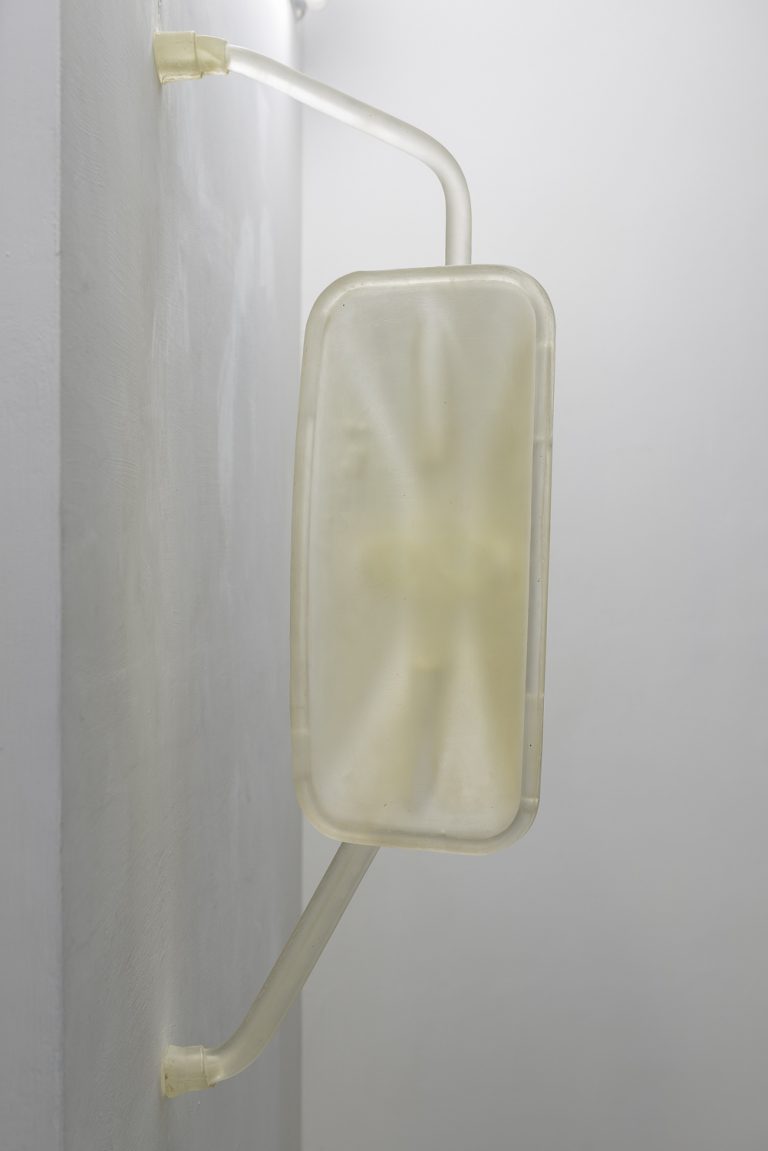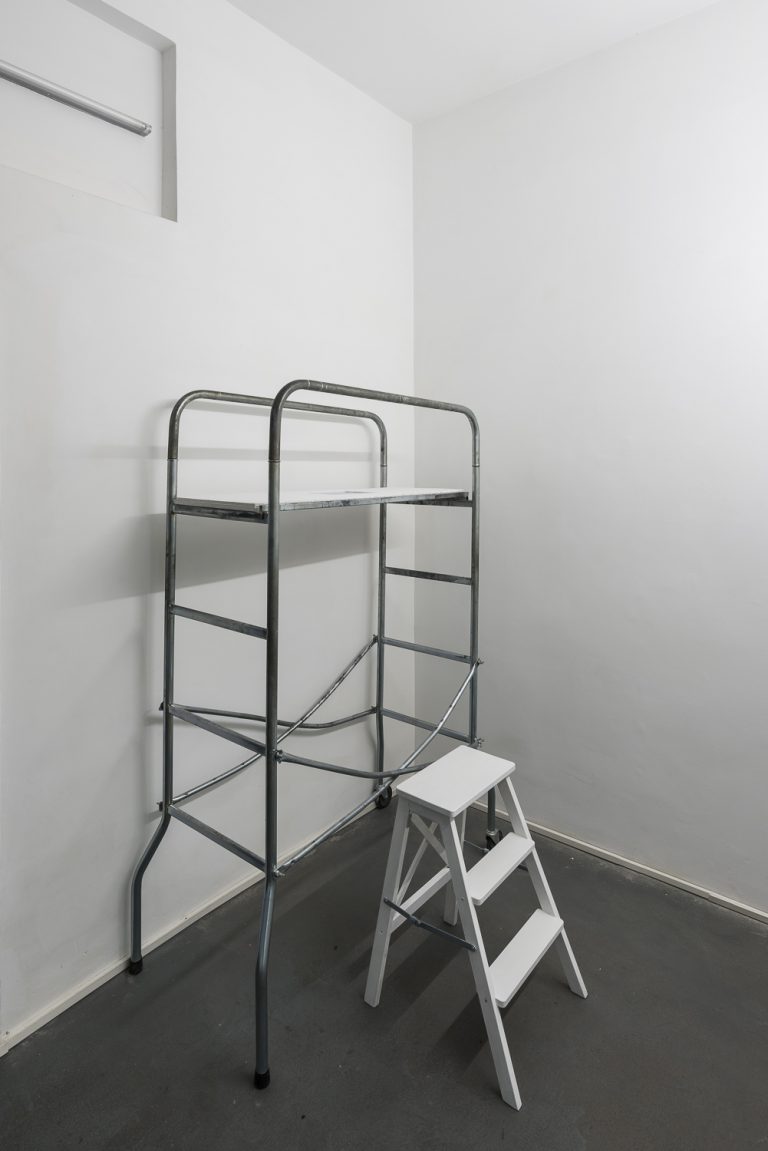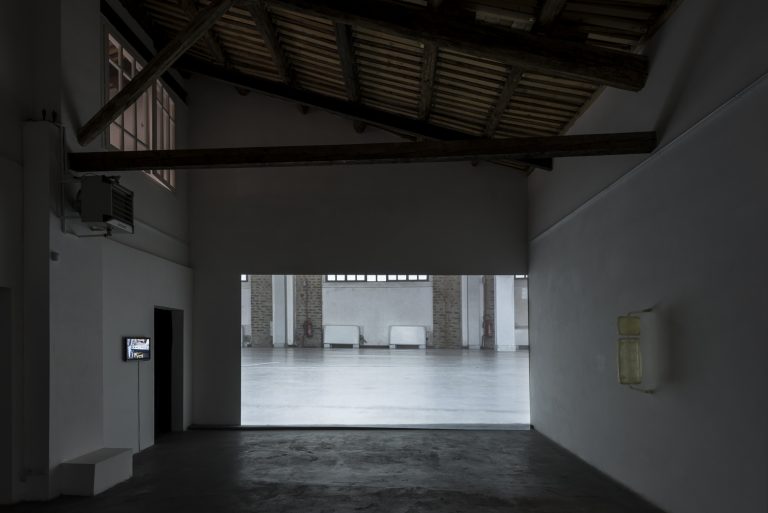Daniela Cotimbo
Art Curator
- Home
- About
- Re:Humanism
- Exhibitions
- Second Order Reality @HYPERMAREMMA
- Second Order Reality @MAXXI L’Aquila
- OVERTON WINDOW: Solo
- Muovendomi, stando ferma.
- Second Order Reality
- The Stone Monkey
- Tecnoriti
- Sparks and Frictions Re:humanism #3
- Beyond Binaries
- Distrust Everything
- IperSitu
- Non sono io il fotografo
- Object Oriented Choreography
- Don’t you forget about me
- Re:define the boundaries Re:humanism #2
- Within a latent space
- Allegra ma non troppo
- Complessità
- Re:humanism art prize #1
- Ionian Archaeological Archives
- Die andere Seite
- Models of display
- Se non vedete segni o prodigi non credete affatto
- CsO
- ANDIAMO Là
- Talk
- Publications
- News
- Contact
Allegra ma non troppo

Allegra ma non troppo
24.06.2020 – 17.07.2020
Sonia Andresano
Curated by Daniela Cotimbo
Albumarte, Rome
A year ago, when I met Sonia Andresano and we began contemplating an exhibition project, we fell in love with the idea of transforming a beautiful space, architecturally striking and artistically stimulating like that of AlbumArte, into a domestic environment. We aimed to capture the intimate and simultaneously disorienting sensation that Sonia often experienced when changing homes, moving from one place to another, with the awareness of a new beginning each time. With this spirit, we decided to incorporate some works from the past into the exhibition, such as “mio padre e suo figlio” (2017), “per filo e per segno” (2018), or “trammammuro” (2018), which somehow represent the emotional memories that the artist carries with her during each relocation.
Feeling the need to make room for new works like “che ci faccio qui?” (2019), “veicolo cieco” (2020), and “allegra ma non troppo” (2020), the latter narrating an extraordinary exploration immediately after the lockdown in the empty spaces of AlbumArte. Connecting the past and present are various appearances of a small fly-shaped sculpture accompanying works like “mosca bianca” (2018), “sopraluogo” (2019), or “fall” (2020). Through this element, which I like to think of as a device due to its ability to activate new forms of spatial experience, Andresano tells us about the constant attempt to establish a relationship with places, whether they be exhibition and research spaces, abandoned factories, or private contexts (Viafarini, Ex ceramica Vaccari, AlbumArte).
Uniting these explorations is the body, sometimes exhibited in performative gestures like in “mio padre e suo figlio,” where the shared action of breaking down a wall becomes a metaphor for an encounter; sometimes concealed as in the case of “che ci faccio qui?” or the various incursions of the fly, where the artist entrusts an external element with the ability to generate new perspectives. In the first case, the movement appears seemingly random, the camera placed on the body of the action, a common robotic vacuum cleaner clumsily following its movements even when they represent failure, a persistent attempt to surpass the physical limits of walls. In the second case, it is the fly that eludes the possibilities of the human body, fitting into even the most concealed corners due to its small size, yet behind every movement is Sonia’s gaze, delicate, intimate, and incisive.
Each movement of the white fly eloquently reflects this dual nature of our relationship with dwelling, composed of transit and pause, curiosity, and suspension. In “trammamuro,” for example, Andresano chooses the action of going up and down in an elevator to narrate all the places she has lived. When we take an elevator, we move from one point to another, yet we remain still, absorbed in our thoughts, coexisting with our expectations, with what we leave behind in the case of descent and what we will find in the case of ascent. With “veicolo cieco,” the artist returns to sculpture, her expressive starting point and the first physical connection with space; the work, a faithful cast of a truck’s rearview mirror, is made of opaque, semi-transparent resin. While the reflective surface, particularly that of the means of transportation, aims to take us back in time, to show us what we leave behind, the sculpture suggests instead a crossing and simultaneously denies us a clear view of the future.
Ideally, the journey concludes with two works: “allegra ma non troppo” and “fall.” The first, the last in production order, also gives the title to the exhibition, alluding to the musical language from which the artist draws the idea of movement, both physical and internal, which is the common thread throughout her research. The observer thus experiences a metacognitive journey, viewing the space in which they are immersed through different eyes, rediscovering its interstices, folds, sounds, and silences. The second, suspended in its metaphysical anticipation, presents the fly balancing on a springboard (the work “Our brief eternity” by Pierluigi Fresia), ready to take flight or plunge into the void—a gaze into the future, an invitation elsewhere, towards the next stage of this continuous movement.
The exhibition, conceived before the health emergency, has also become a reflection of what we have experienced during these long months. Each person has been immersed in the intimacy of their own home, discovering a new nature, somewhere between a prison and a refuge, in a perpetual state of anticipation where the ability to move has been lacking. Inevitably, reopening the doors of AlbumArte, as well as our lives, represented a significant moment, and the exhibition itself is the result: all of Sonia’s work seems to testify that with each new gaze, nothing is as it was before.












